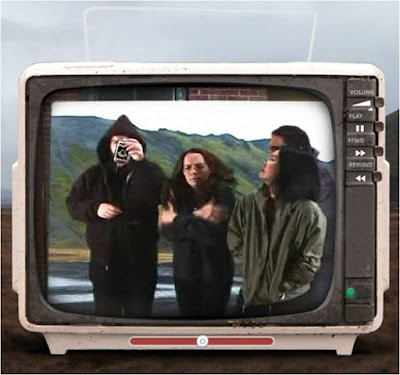2001 Auxerrois Moenchreben (12% abv): Full-on nose, apple, pear, tropical fruit, chalky minerality. Light-medium body, good acidity, nicely balanced, sweet but not too sweet, with a nice, clean springwater and bitters finish. R.'s favorite on the evening. [$27]
2006 Riesling (13% abv): Warm topaz colour, very perfumed-nose, smells like a dessert wine, honeyed, candied orange peel, spice. Again light-medium body, again not quite as sweet as I'd expected, lots of pineapple, unripe tropical notes, some cidery touches, good acidity, well-balanced. [$29]
2004 Riesling Kappelweg (12.5% abv): Lighter in colour than the first riesling, an even more perfumed-nose, full-on tropical fruit, plus apricot jam and apple juice. Surprisingly light and restrained on the palate - I wouldn't call it dry, but the balance is terrific, light funk, mineral water, and a clean finish. My favorite wine of the evening. [$60]
2004 Pinot Gris (13% abv): Very tropical nose, bordering on over the top, with some oxidative and cotton candy notes. Full bodied, but rather soft. This didn't work for me. [$40]
2004 Gewürztraminer (13% abv): Odd. Would never pick this out as Gewürztraminer. Very flat nose, one-note palate, all sugar. Importer reckons that this needs more bottle age. Whatever it was, this was a no-show. [$37]
2001 Pinot Gris Vendages Tardive (12% abv): Curious nose, smoky, musty, bitter leafy greens, seashells. Medium+ body, good acidity, structurally well-balanced, yet it left both of us flat. Just not much complexity, actually a little dirty tasting. [$67]
Well, it was a solid start and a not so great finish. Still sweeter than I like generally, but the Rieslings and Auxerrois were well contained. The prices though, can't say I'm much inclined to buy.






